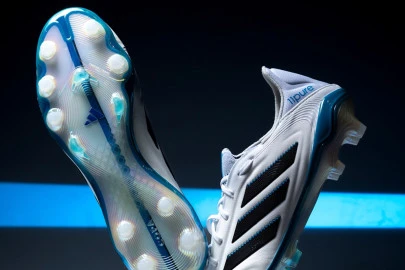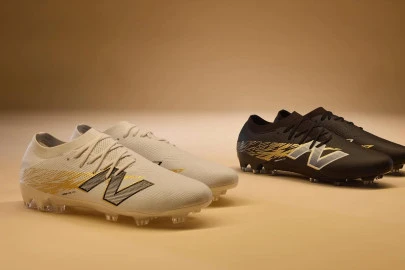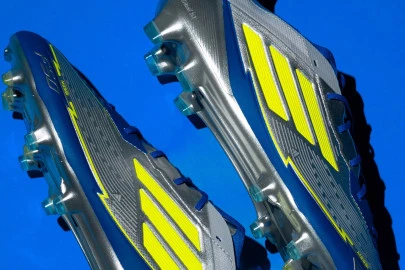Football boots are, of course, Fútbol Emotion's star product. We go over the secrets behind every launch so you are the first to know every detail. But there are times when we take it for granted that you, our audience, are experts in the field and we often forget the simplest of things. Let's break down the parts of a football boot.
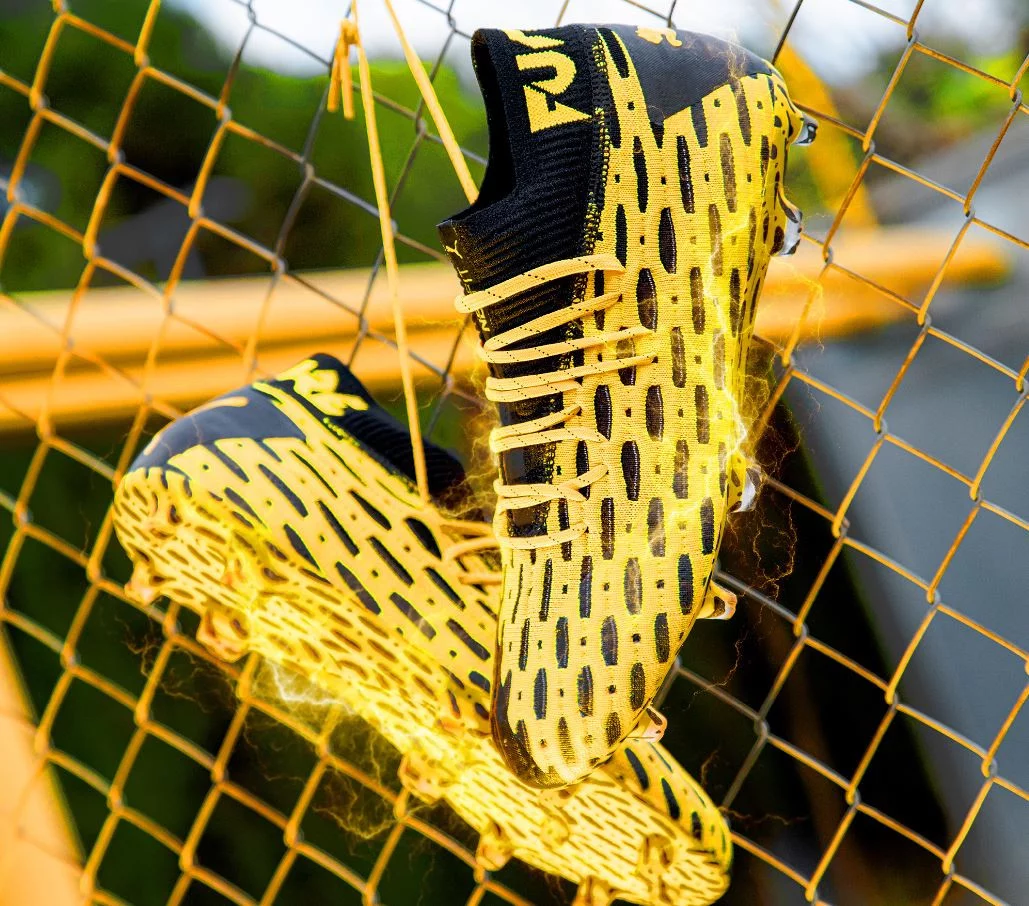
What are the various pieces of a football boot?
1- Shell
2- Chassis
3- Sole
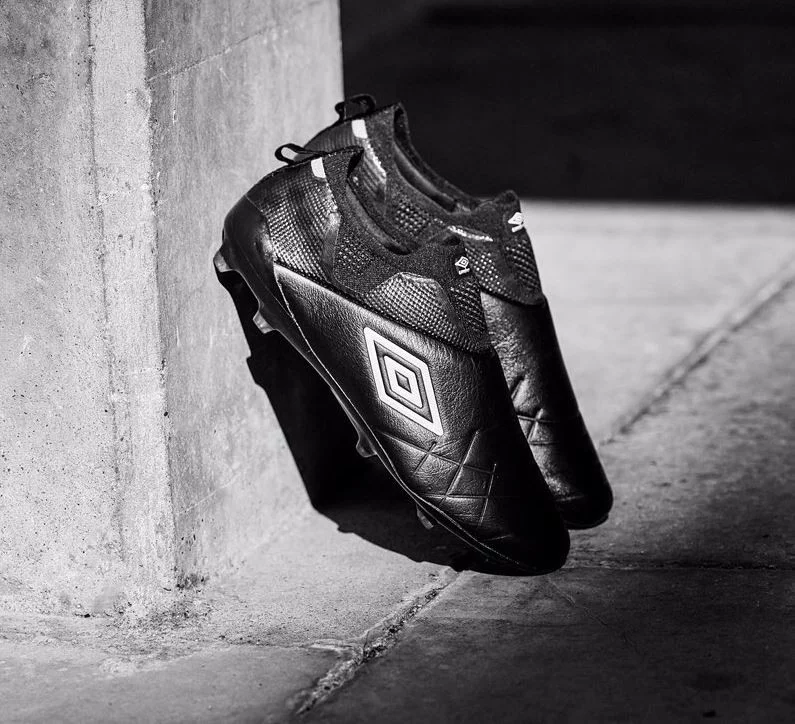
Football boots are undoubtedly the most technologically complex item of all that can be found in a footballer's day-to-day life. Even goalkeeper gloves are a complicated product to design, produce and launch, but nothing comes close to the star product.
From the times where the Puma King boots or the mythical and adored by many, such as the adidas Copa Mundial boots, which commanded the sector, with an equitable judgment between quality, durability and simplicity, the complexity that demands betting on technology was joining. Proof of this are the old adidas Predator, and the revolution caused by the rubber bands that gave effect to the footballs when hitting them. Like this one, there are so many moments marked in the history of football equipment because of similarly small details.
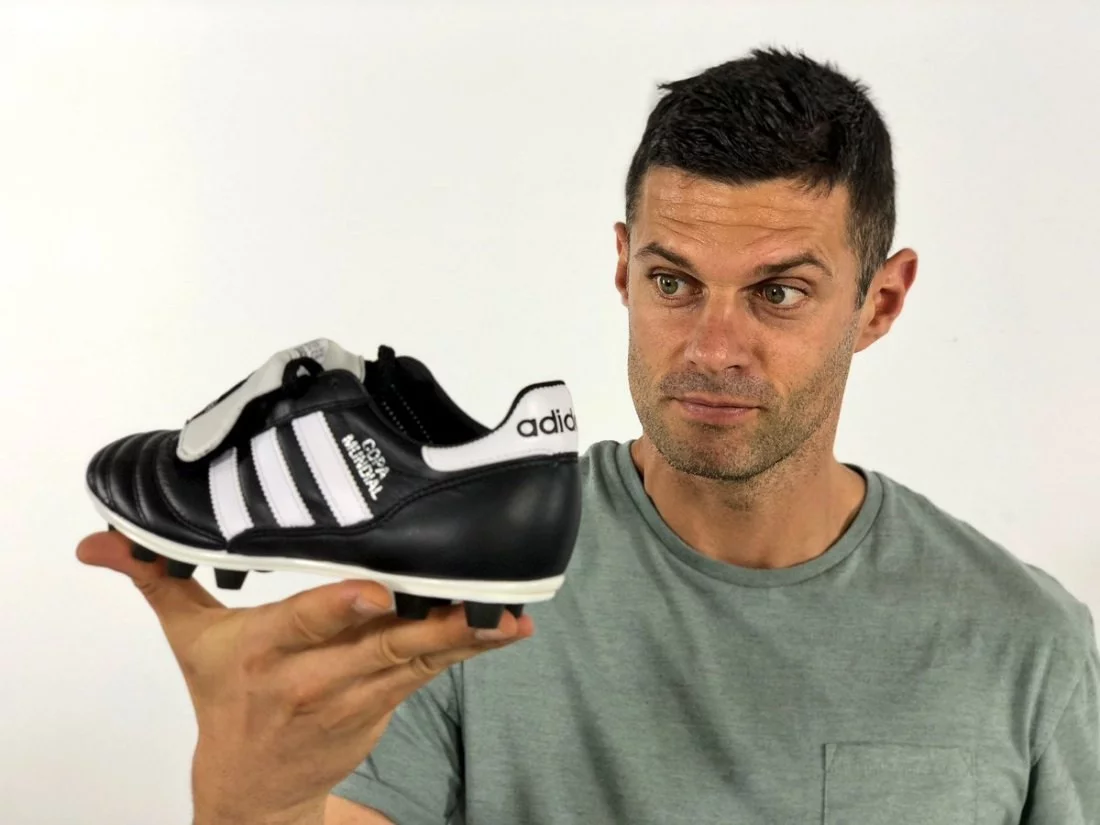
As usual, today we will show you again what a football boot is comprised of: its shells, its chassis and its soles. Through the sum of these, we have a synonym for each type of player.
1. Shell
The first part of a boot or a futsal shoe that makes us fall in love at first sight, either for its aesthetics or for the technologies that are installed in it. It is logical to say that it is not the same a Nike football boot, or from the German brand adidas, or of course from New Balance, what they do have in common are the materials with which they are made; Whether they are made of thread, with Primeknit, Flyknit or evoKnit, to name a few, or leather football boots, such as the new Nike Tiempo Legend VIII Elite boots, the Umbro Medusae 3 Elite, or the famous adidas Copa 20+ boots, or synthetic boots, such as the Umbro Velocita V football boots, or others from the American brand Nike Phantom Vision II. All of them have absolutely the same materials, called in a thousand different ways, but in the end, the same.
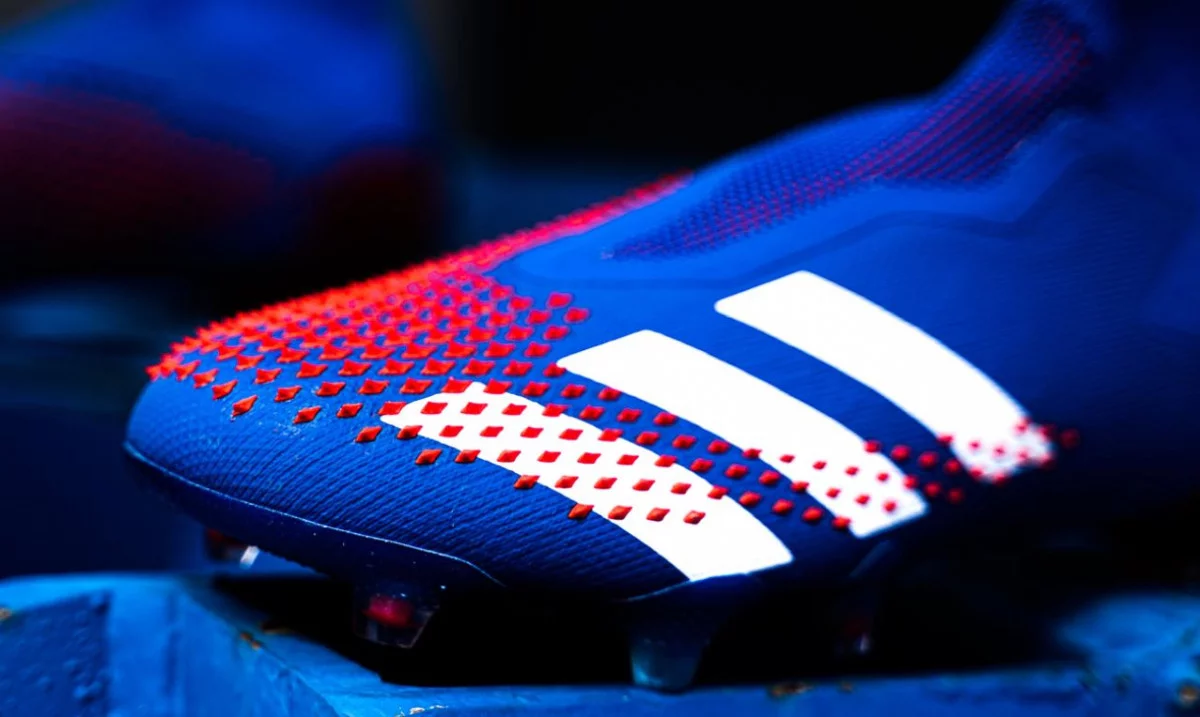
What makes one football boot shell different from another?
Simple answer; the distribution and extras that are attached to this casing; the shape that the brand wants to give to our footwear. A simple example can be the adidas Predator 20 boot, and its spikes along the upper, compete directly in shape and philosophy with the Puma Future 5.1 boot, becoming totally different boots; string boot, with collar, clear striking philosophy but with a different upper. In addition, the extras that can be seen throughout the upper are 3D structures that blend directly with the material as if it were a skeleton, as we see in the Lotto Stadio 100 football boot. This is normally proposed by the brands so that the sensation when striking the ball is much more pleasant, and in this way, we can give a slight curvature/effect to the ball.
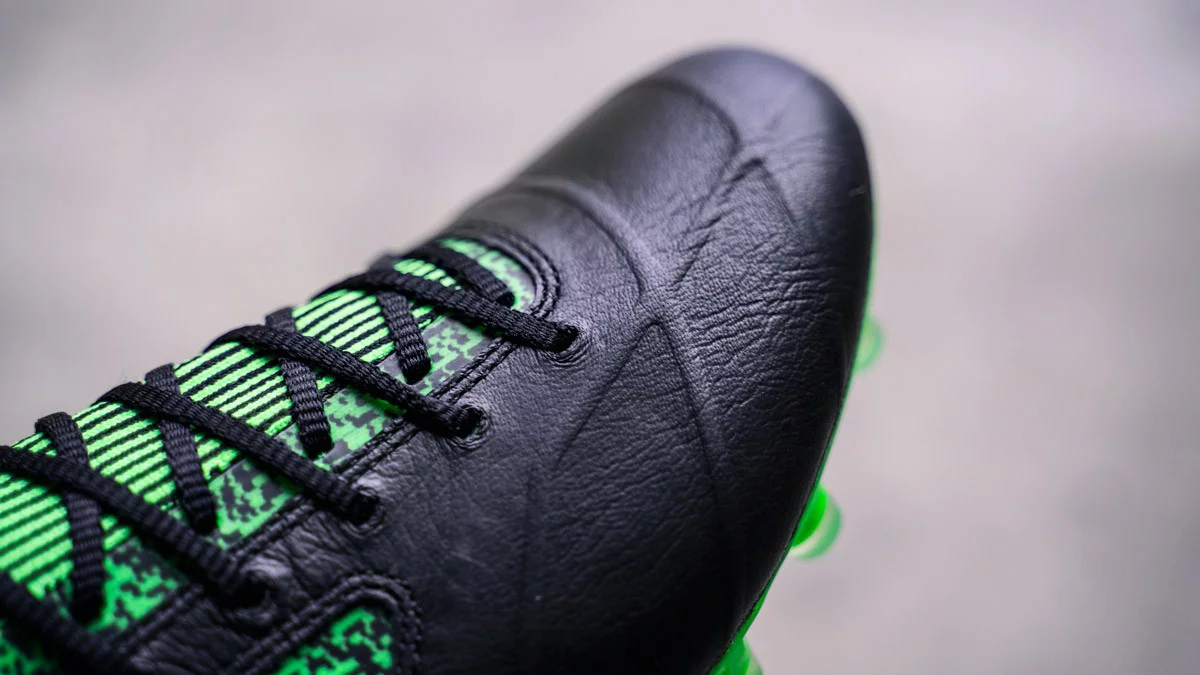
Which one is better? The answer lies with each person who wears this boot, as each person's boot suits them differently.
2. Chassis
The structure of the football boot; the heart and what gives meaning to our footwear. Of course, the conjunction of all the parts is important, but without a good R&D and without a good structural design, the aesthetics and materials would make no sense at all. Normally, the most pronounced and most repeated parts in Fútbol Emotion shops are boots with or without laces. Addressing this issue, there is no excuse to wear a boot without laces, since some time ago, adidas gave us the opportunity to acquire the first laceless boot for 100€, a change compared to the high prices of the high ranges.
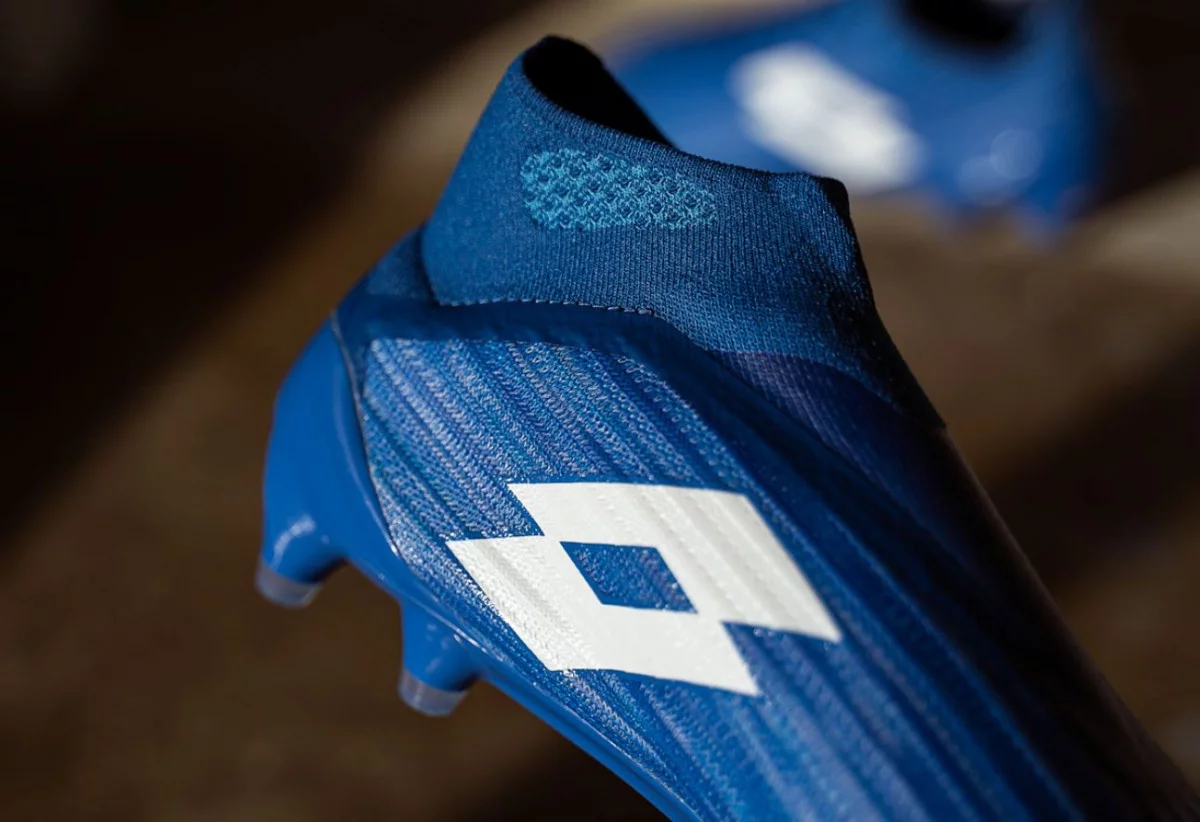
Another of the famous structures and chassis are those in which the ‘collar’ is the protagonist, where one of the most famous is undoubtedly the Nike Mercurial Superfly boots, famous for being Cristiano Ronaldo's football boots. This part, perhaps, is not as necessary at a functional level as the laces, since the compression on the foot is its only objective. Another important point that we usually deal with are the heel cushions. Whether they are internal, integrated between the external casing and the part that accompanies the heel, or external heel pads, fused with the sole plate. These are responsible for ensuring that the turns we make, accelerations, dry stops and even starts are perfect, without risk of injury or twisting of the foot (roll over), inside the boot.
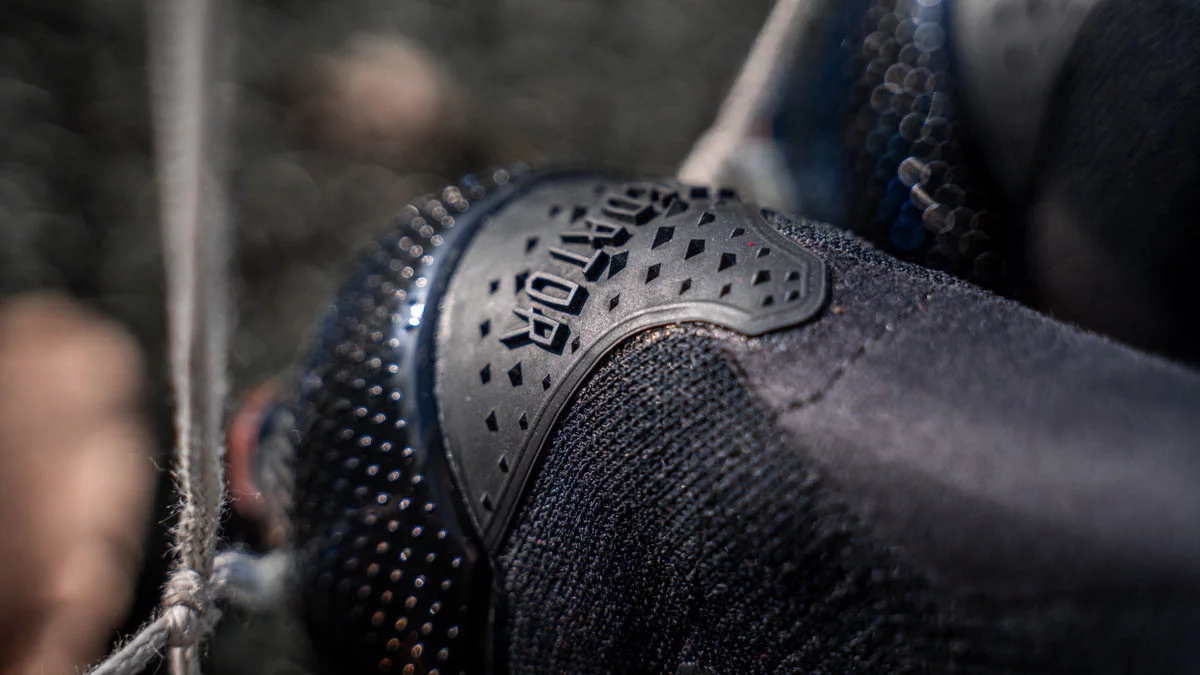
3. Sole
The direct part that goes between our body and the football pitch. IMPORTANT NOTE: Whatever the material of your boots, the range, the structure, it would be useless if we do not wear the correct studs for the football field where we normally play. It has been many years since football was played on natural grass or dirt pitches, because nowadays artificial turf boots are the present and future of this sport.
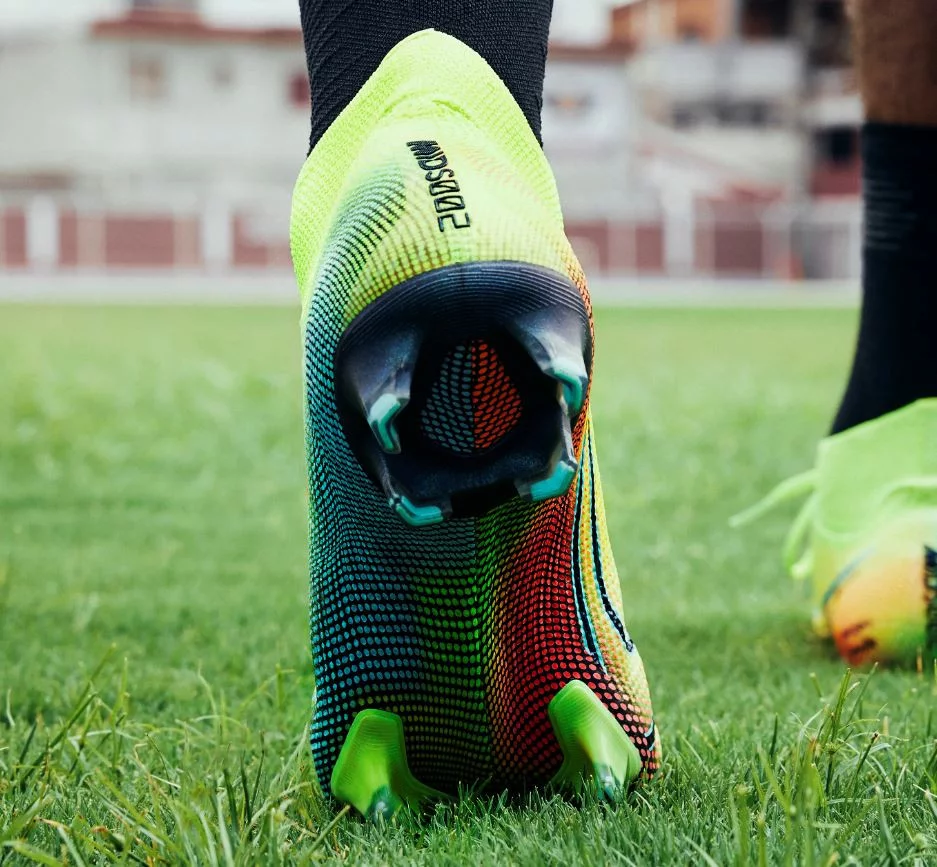
We have revisited this topic a thousand times in our blog posts where the types of soles of football boots are the main focus.
- SG (Soft Ground) soles: SG soles are soles that use aluminium studs, either in their entirety (with 6 studs) or combined with rubber studs (known as mixed soles). These soles should ONLY be used on wet NATURAL GRASS, very wet or muddy conditions.
- FG (Firm Ground) soles: FG soles are the most common soles, with which most players compete, consisting of 11 to 14 rubber studs with different shapes and lengths depending on whether you want to enhance speed or spin and comfort. They are to be used ONLY on dry NATURAL GRASS or, if necessary, a little wet.
- AG soles (Artificial Grass): These are the soles that have advanced the most in recent years. AG soles are made up of rubber studs and must be used on ARTIFICIAL GRASS pitches. Nowadays the brands are working to adapt their soles to the different generations of artificial grass, as the 1st generation of artificial grass are considered carpet, the 2nd generation have very short pile and the 3rd generation are the most similar to a natural grass pitch.
- TF (Turf) outsoles: TURF soles, also colloquially known as multi-tack soles, but soles designed to be used on CARPET, CEMENT AND DRY EARTH fields, i.e. on abrasive surfaces.
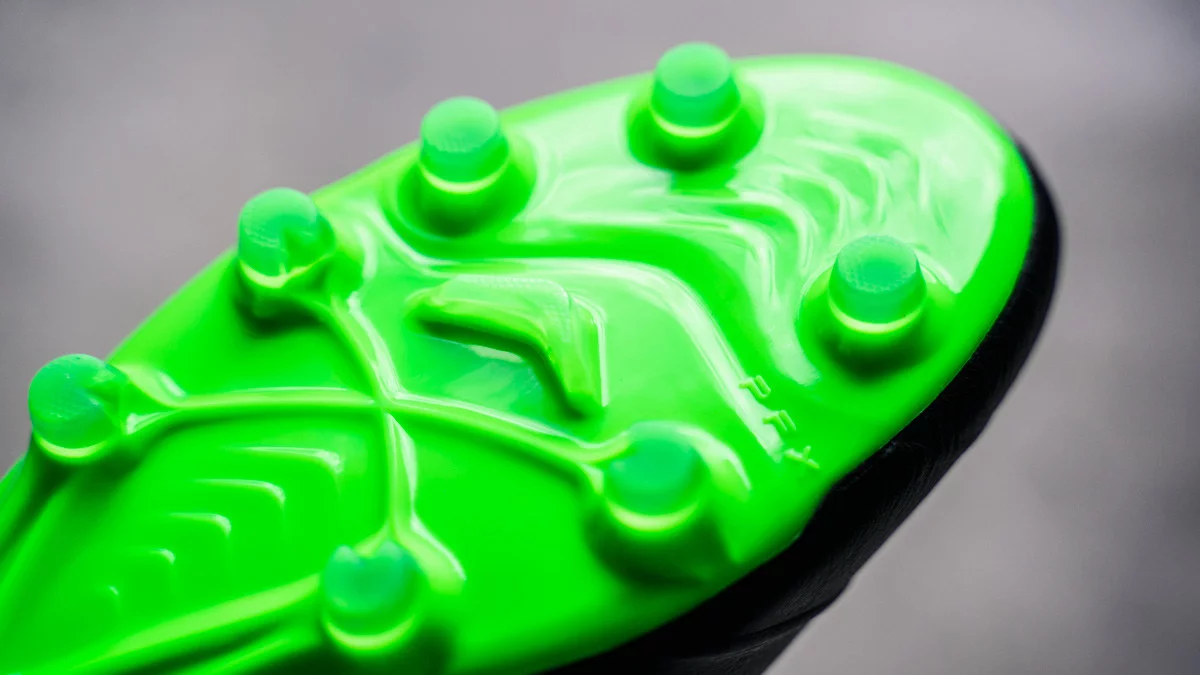
How to choose football boots?
Add these three factors together; material, chassis and depending on what type of turf you play on, will result in a boot profile, be guided by comfort and functionality. The top of the range is not the best, nor the most suitable, as everyone has their own needs, limitations and tastes.
We do all this so that all of us can make the right choice together, as you can see in our boot finder tool.

